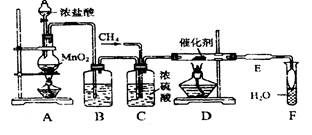The human body has developed its millions of nerves to be highly aware of what goes on both inside and outside of it. This helps us adjust to the outside world. Without our nerves and our brain, which is a system of nerves, we couldn’t know what’s happening. But we pay for our sensitivity. We can feel pain when the slightest thing is wrong with any part of our body. The history of torture (折磨) is based on the human body being open to pain.
But there is a way to handle pain. Look at the Indian fakir (苦行僧) who sits on a bed of nails. Fakirs can put a needle fight through an arm, and feel no pain. This ability that some humans have developed to handle pain should give us ideas about how the mind can deal with pain.
The big thing in withstanding pain is our attitude toward it. If the dentist says, "This will hurt a little," it helps us to accept the pain. By staying relaxed, and by treating the pain as an interesting sensation (感觉), we can handle the pain without falling apart. After all, although pain is an unpleasant sensation, it is still a sensation, and sensations are the stuff of life.
What is essential for people to stand pain according to the writer()
A. Their relaxation.
B. Their interest.
C. Their nerves.
D. Their attitude.
参考答案:D

 R-Cl(液)+HCl(气)制取副产品盐酸的设想己成为现实。请根据所给模拟装置图回答下列问题:
R-Cl(液)+HCl(气)制取副产品盐酸的设想己成为现实。请根据所给模拟装置图回答下列问题: